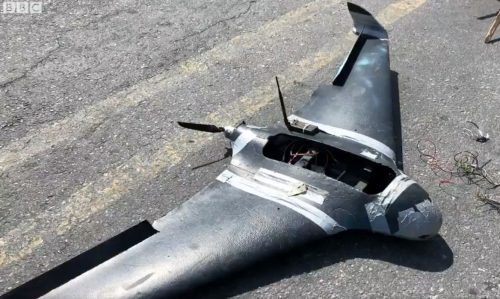A group of Duke Law students, demanding the disinvitation of visiting speaker, used the phrase ‘we are tired.’ Jonathan Turley remarks:
Those three words sum up a great deal of the anti-free speech movement growing on our campuses. Students and faculty have grown tired of free speech. Opposing views are now treated as threats and intolerable for students.
It does seem that a lot of people these days–especially, perhaps, people of college age–find it incredibly wearying and even threatening to be presented with any views that contradict their own. Reading the above, I was immediately reminded of a remark that a young woman made (to writer Ida Wylie) during the Nazi era:
We Germans are so happy. We are free from freedom”
There definitely seems to be a reaction against free expression going on in America today…how strong it is and how deep it goes remains to be seen. But as one indicator, a survey by YouGov shows that 43% of those who identify as Liberals favor firing an executive who *privately* donated money to Trump, and 22% of those who identify as Conservatives favor firing an executive who privately donated to Biden…the numbers are 50% and 36% for *strong* liberals and conservatives respectively.
What are the causes for the apparently-growing hostility toward free speech in the US? Part of it, perhaps, is a hankering for security. David Brooks suggests that:
The values of the Millennial and Gen Z generations that will dominate in the years ahead are the opposite of Boomer values: not liberation, but security; not freedom, but equality; not individualism, but the safety of the collective; not sink-or-swim meritocracy, but promotion on the basis of social justice…Distrustful people try to make themselves invulnerable, armour themselves up in a sour attempt to feel safe… start to see threats that aren’t there.
I’m not generally much of a fan of Brooks’ analyses and conclusion, but even a stopped (analog) clock is right twice a day. Perhaps he has a valid point here?
Another factor, I suspect, is changes in family structure. Kids who are put in a day-care situation at a very early age may develop a lifelong or at least long-term tendency to identify with the group…whatever that group might be…more than those who are raised in a traditional family situation, and especially so if there is only one parent in the home. As one data point, here’s an interesting article by someone who was raised in a collective situation in an early Israeli kibbutz.
And perhaps the threats and realities of Islamic terrorism have also had an influence…for 20 years now, there has been a constant (if low-level) sense that ‘if you say anything that the radical Islamists don’t like, they may kill you.’ Has this led to a habit of speech-guarding that has been generalized into many aspects of life?


